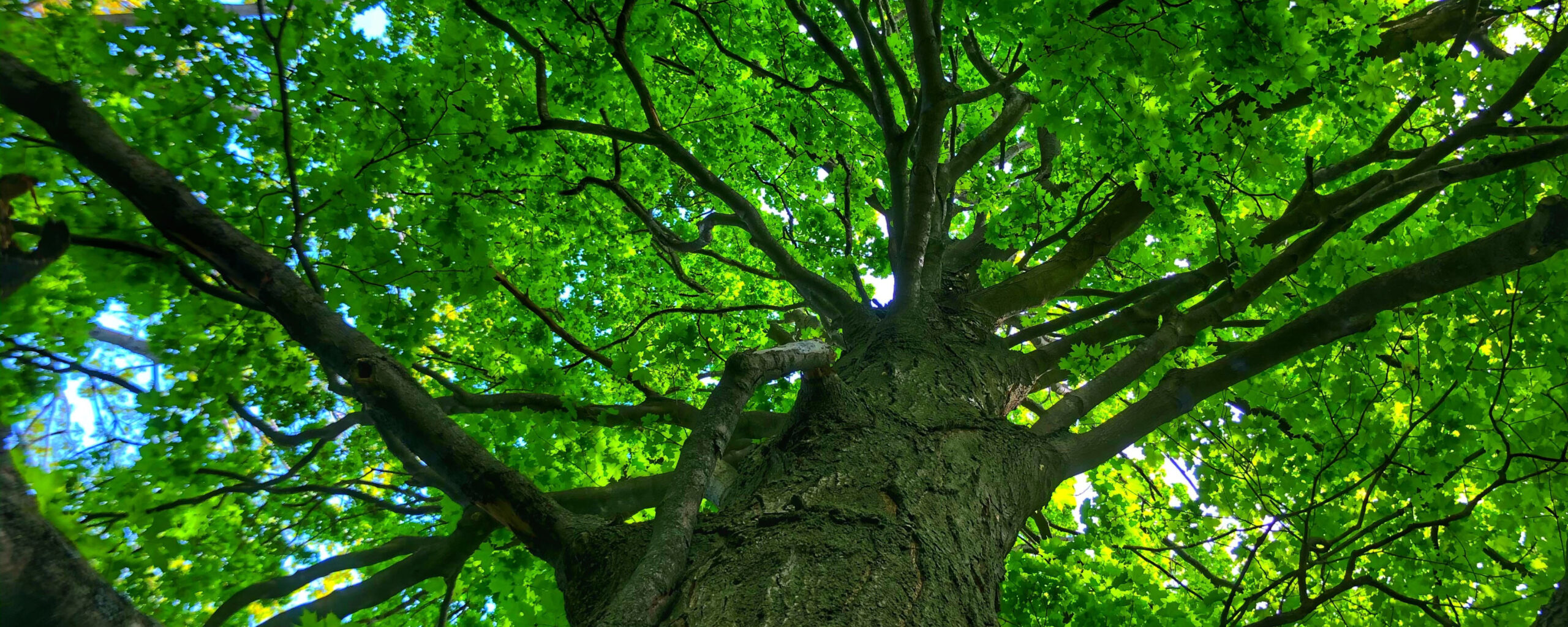Background
The Hamilton Conservation Authority’s approach to protecting land is three-fold: environmental planning, watershed stewardship and land acquisition.
In 1960, HCA began acquiring land for permanent protection and to-date has secured 4,43 ha (10,978 ac). These lands include 14 significant Niagara Escarpment properties, seven major conservation areas, a magnificent 179-km trail network, 12 significant wetlands, breath-taking waterfalls, and underground streams and caves. Important habitat for many diverse ecosystems is protected as are numerous provincially and federally recognized species at risk.
Land Conservation Options
Fortunately landowners have numerous options to choose from when it comes to protecting their land. The HCA is available to help landowners through the process and can meet with landowners to further discuss the options.
Land Donation
This option lets landowners donate their property to their chosen charitable conservation organization. The organization is then responsible for protecting the donated property forever. There are many opportunities to recognize generous gifts, including but not limited to property naming, trail signage or benches. A tax receipt is issued for the value of the land and there may be significant tax benefits through government tax programs such as Ecogifts. The land can be donated outright, through estates, or through a reserved life estate where landowners can continue to use and enjoy the land.
Life Interest
Through a Life Interest, landowners can donate the property and continue living on it or using it in some way. The agreement can be for the lifetime of the landowner, or for a specified term. Depending on the circumstances, the conservation organization (HCA) can be responsible for management, maintenance and taxes during the life interest.
Bequest
Making a gift of land or a conservation easement through one’s will can be a powerful conservation tool. To ensure that the bequest will be accepted it is important to work with the recipient conservation organization prior to finalizing one’s will. HCA is available to work with landowners and their lawyers on suggested wording in a Bequest.
Split Receipt
In some cases landowners may want to benefit from a charitable donation receipt along with cash. This is done through a Split Receipt where a tax receipt is issued for the difference between independently appraised market value and the sale price. This tool can be used if HCA has, or can raise, funds to put towards a partial purchase.
Conservation Easement
This is a popular option if landowners want to keep ownership and rights to use the property. With a conservation easement the natural features on the property are protected and the landowner may receive significant property and capital tax savings. Conservation easements are legal documents that allow landowners to place restrictions on the types of activities that can occur and where those activities can occur on the property. Easements can be placed on all or part of the property.
Tax benefits/Ecogifts Program
Donating land or conservation easements through Environment Canada’s Ecological Gifts Program provides enhanced tax savings that can be used against 100% of the land donor’s total annual income over five years plus the year of the donation. A third party, unbiased appraiser determines the value of the donation and the conservation organization issues a charitable receipt. HCA is a certified ecological gift recipient organization.
Purchase or Sale
Sometimes the other conservation options are not a suitable match for a landowner and they would prefer to protect their lands by selling it to HCA. Depending on the environmental significance, location, and cost, the organizations may be able to secure funds to purchase lands. The purchase price is based on an independent appraisal.
If you would like to learn more about this unique partnership and the opportunities to protect land, please contact:
Scott Peck
Director, Watershed Planning & Engineering
905-525-2181, ext. 130
Scott.Peck@conservationhamilton.ca


